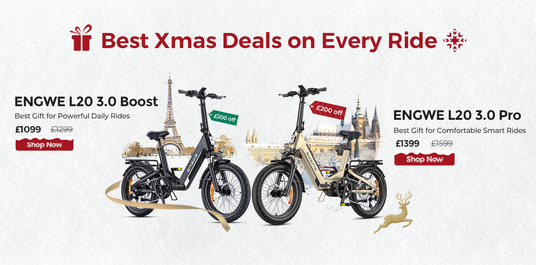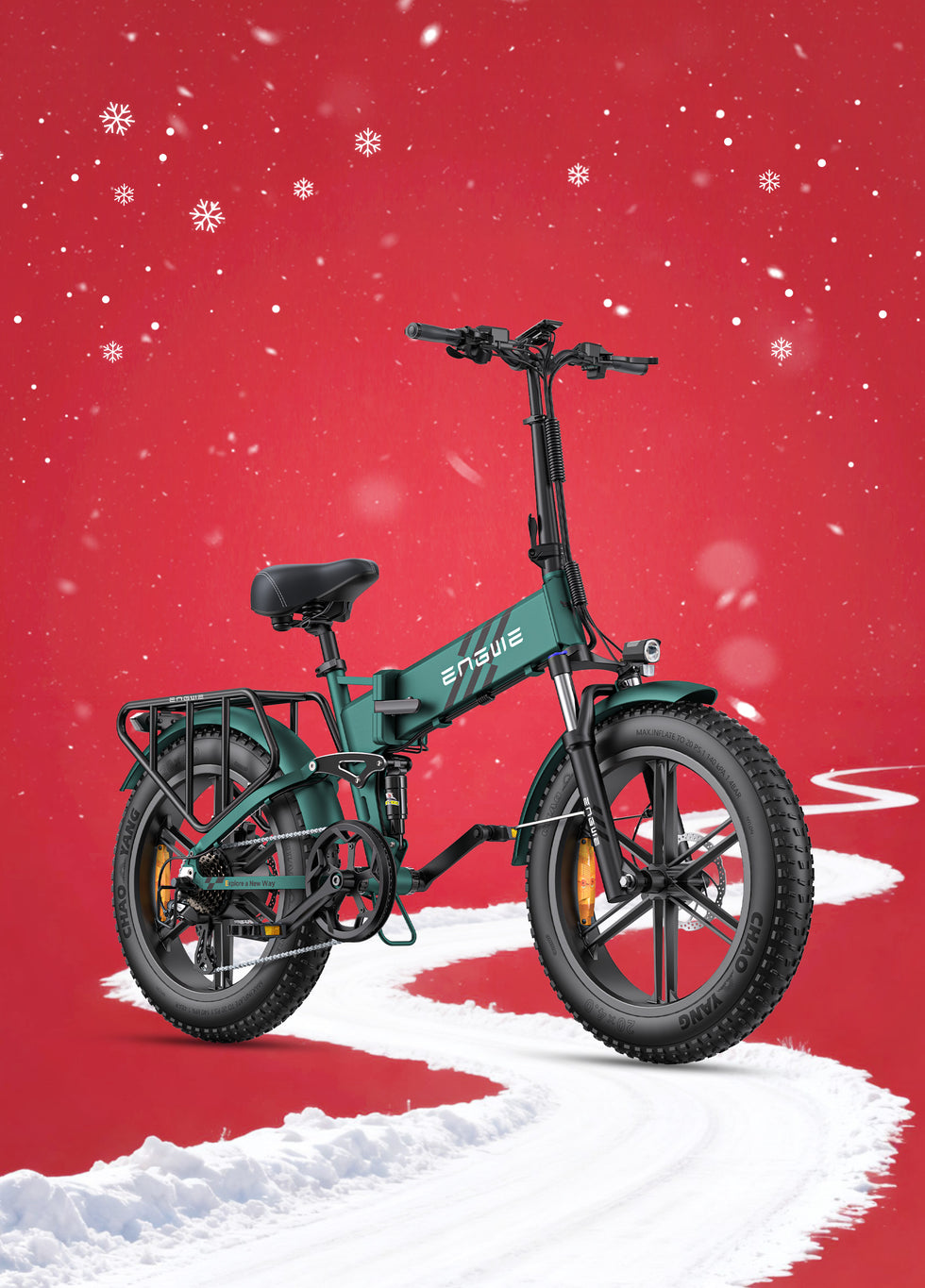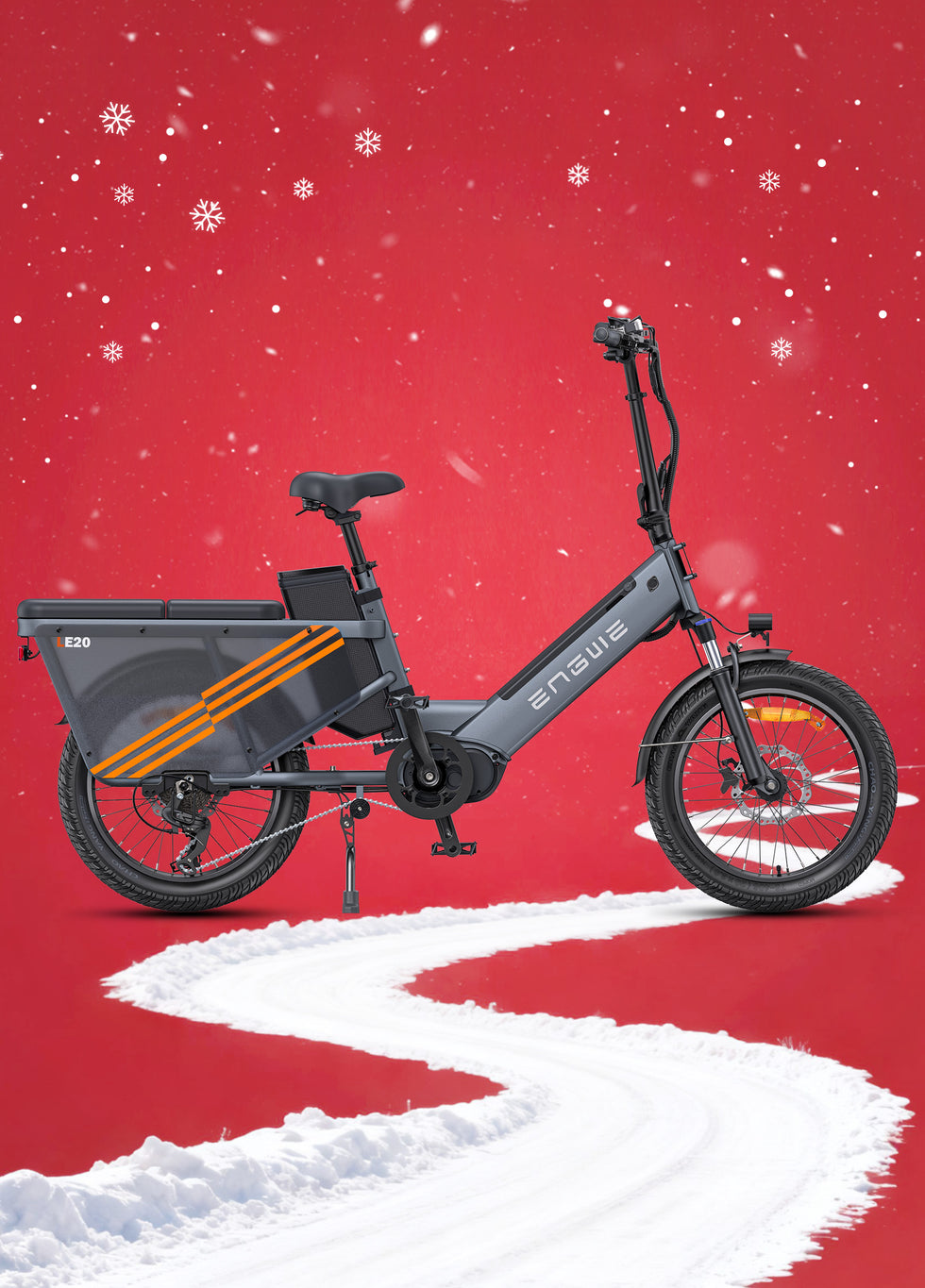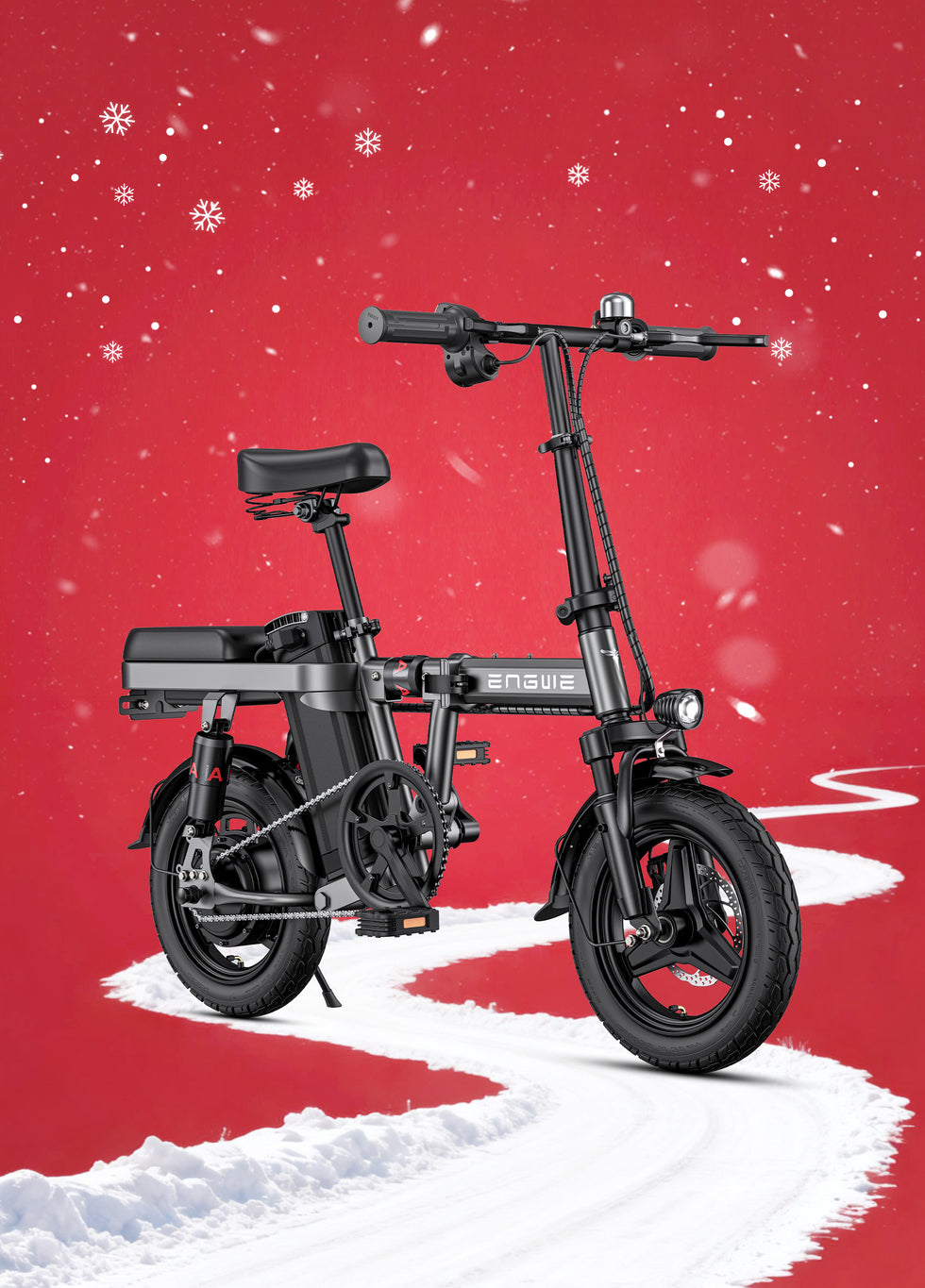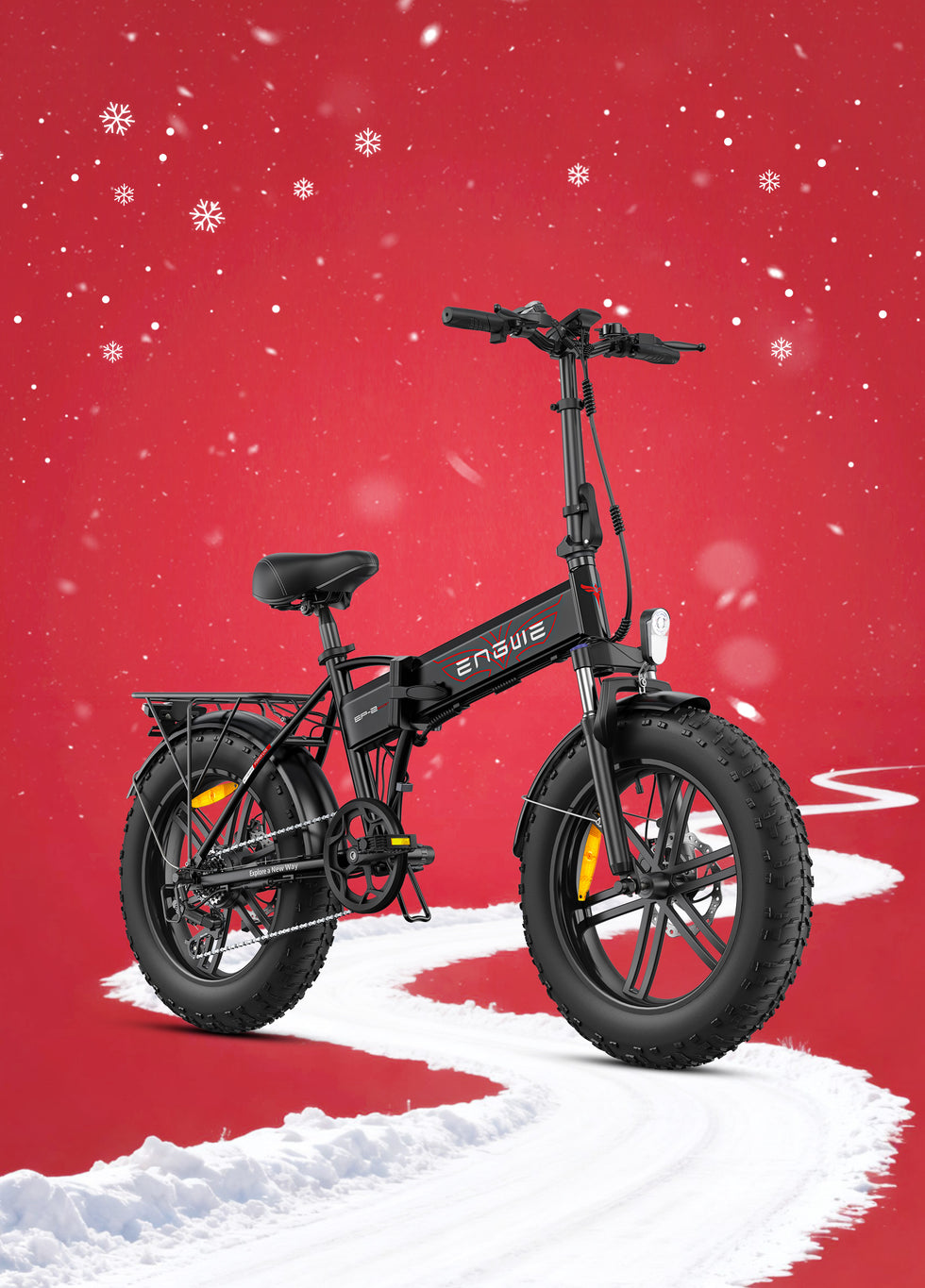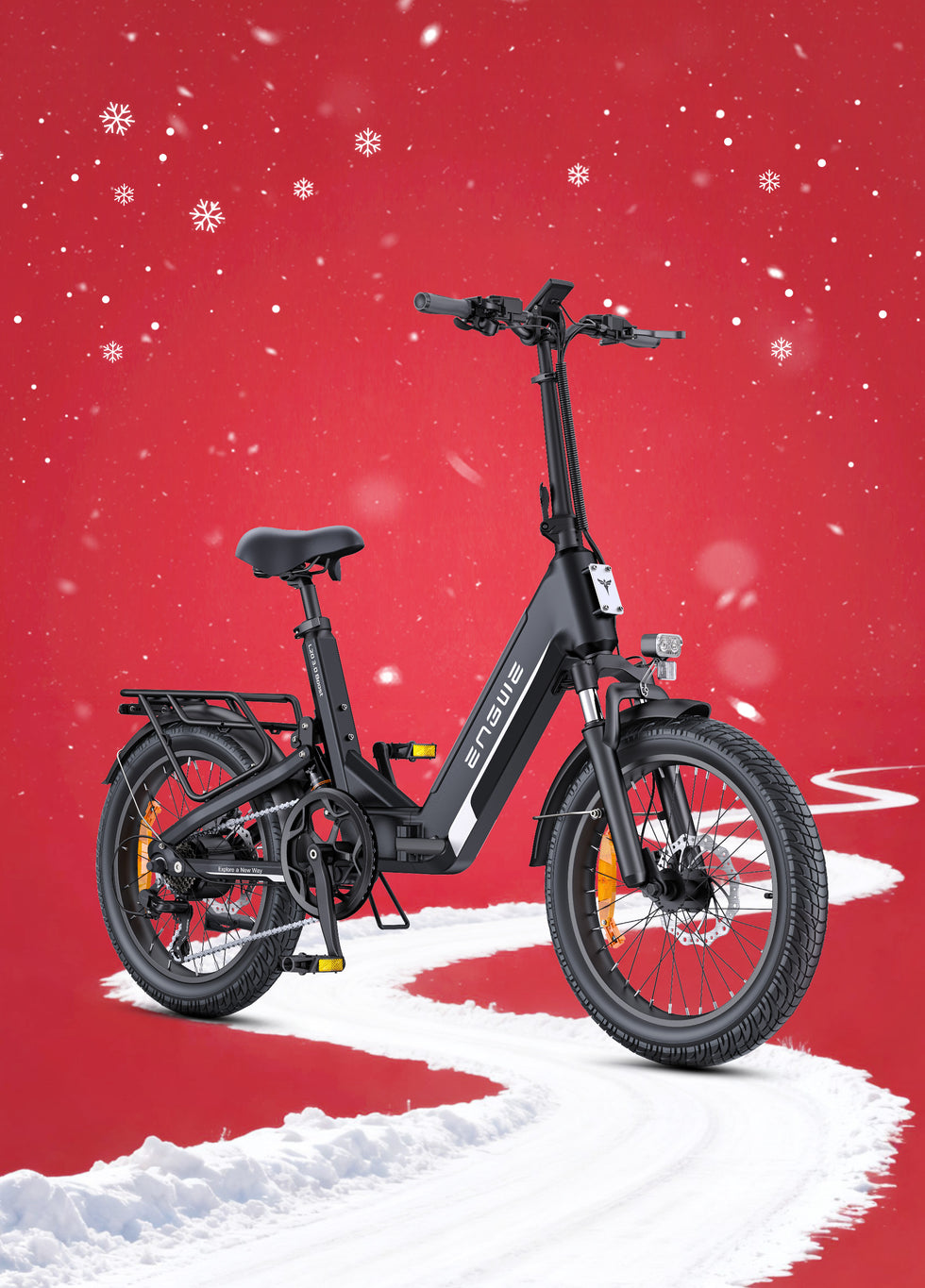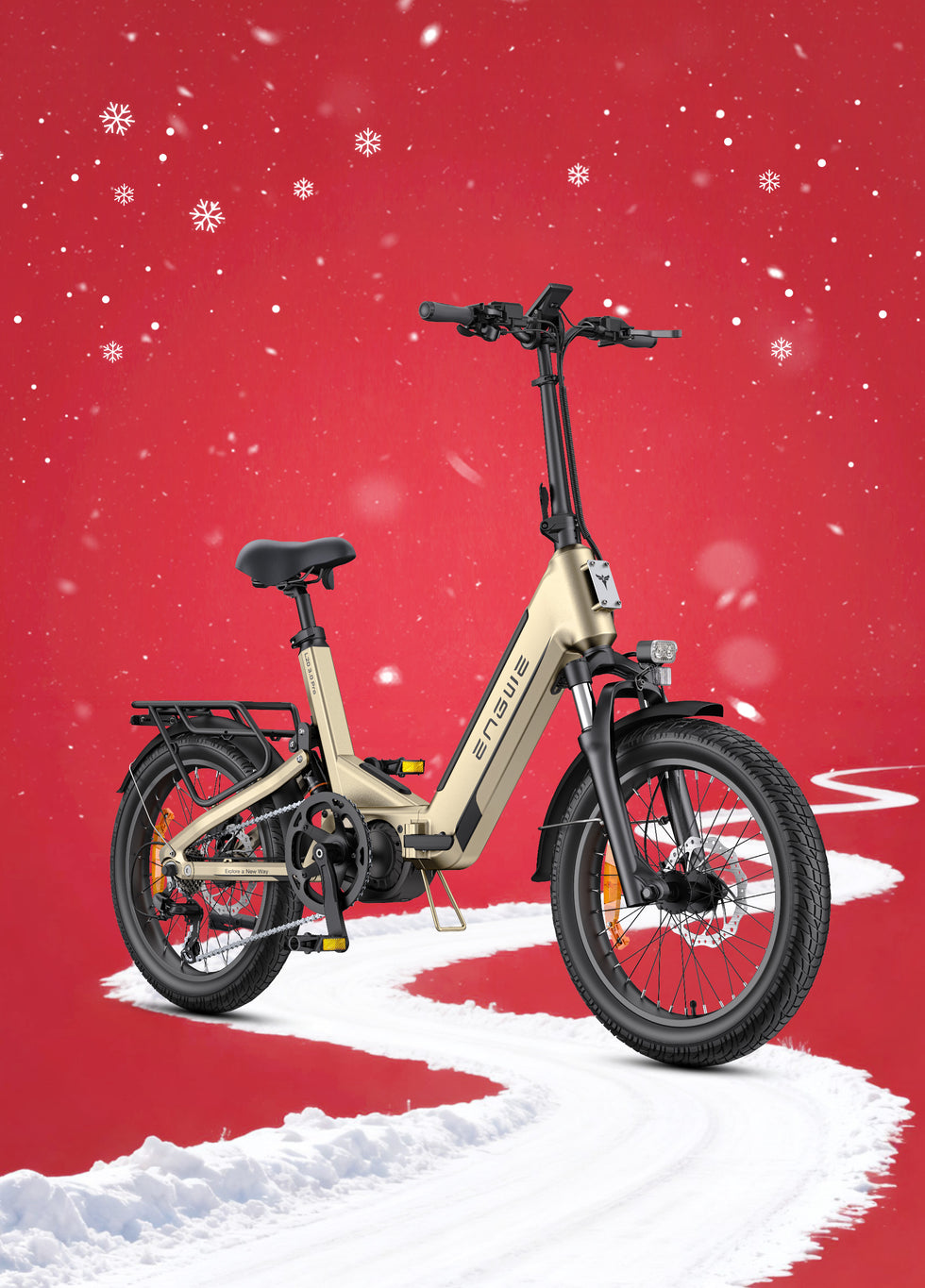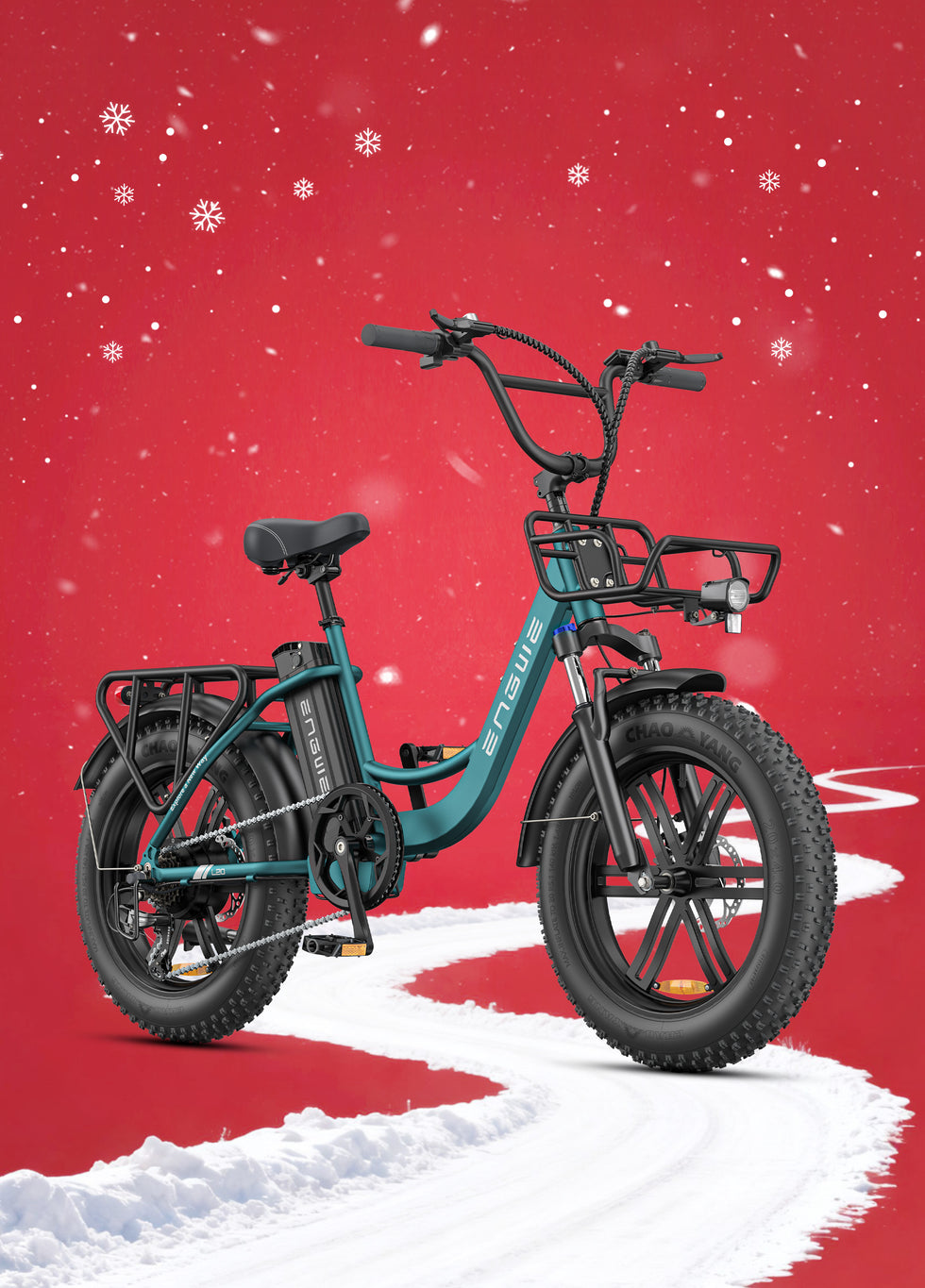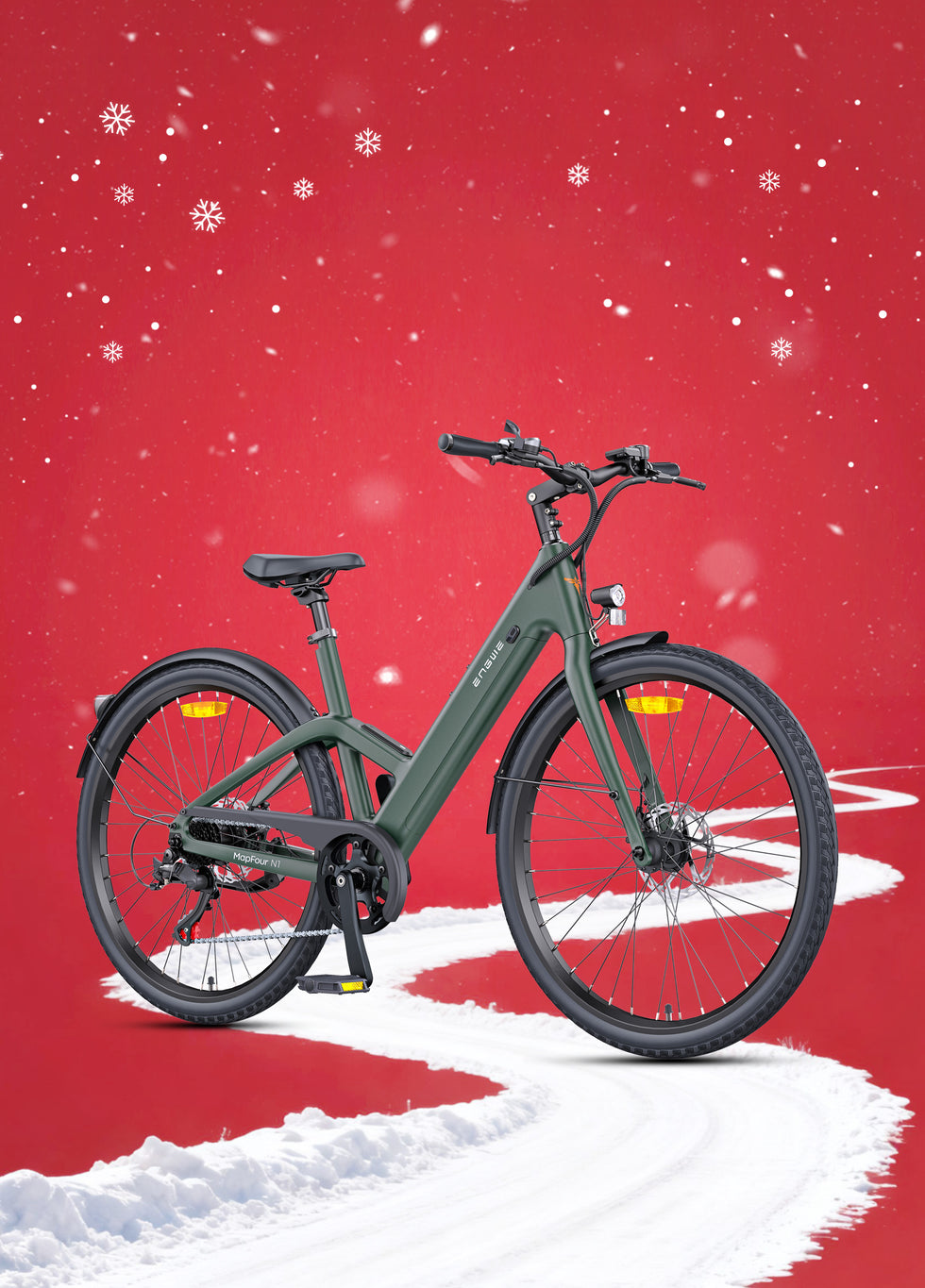The electric bike world has definitely opened up new doors for a variety of skill-level riders, but diving into the pool of full suspension e-bikes is an entirely different experience. If you have to google this, you are probably at a very interesting crossroad in life. Perhaps you are a mountain biker who loves adventure and is always pushing their limits, or a commuter who is tired of the crumbling city streets, or maybe you just love ultimate control over your ride and to do so with comfort. No more are you saying just, "What is an electric bike?" but, "Why would an electric bike make sense for challenging terrain?"
That is exactly what this guide is for. From the basics to selecting which model suits you best, we cover everything and will arm you sufficiently from being interested in them for fun to being confident in making a decision. Buckle-up and prepare, you are about to witness what a bike can do for you if it's the right bike for your journey, changing it from one that is rough, fatiguing, and uncomfortable into one that is smooth, controlled, and enjoyable.

So, what exactly is a full suspension e-bike?
In theory, it is effectively a straightforward idea. This is where a full suspension electric bike, or dual-suspension e-bike, comes in. A full suspension electric bike includes both front and rear suspension that ensures your safety and comfort throughout the journey. This is different from the other two popular kinds:
-
Hardtail E-Bikes:
These bikes have a suspension fork up front, but the rear triangle doesn't have any suspension at all. -
Rigid E-Bikes:
True to their name, with no suspension at all, just tires and what the frame can do.
There are two pieces to the suspension puzzle that make it far more than just a simple system: the front suspension fork and a rear shock that's essentially built into the frame. Each is built to compress and rebound over rocks, roots, and potholes. The vertical movement is called the travel of the wheel, which is its total distance of upward and downward movement. The result? The wheels and tires do all the work of soaking up the bumps while the rider remains more isolated from those shocks, resulting in what is a much smoother, more controlled ride. The dual system works together perfectly to help your tires stay planted on the ground, since this is what will make the difference in rough terrain performance.
So what is the real-world "what's in it for me" benefit of full suspension?
Choosing a full suspension e-bike comes down to the massive benefits they deliver as opposed to some small inconveniences. While you consider these trade-offs, think of how crucial this decision is to it being the right investment for you.
The Advantages (Pros):
- Unparalleled Comfort: This is both the most obvious and the first benefit. The rear shock takes the hits that would otherwise be transmitted straight up the seat post and into your spine. This might not seem like a big deal for short rides, but it reduces the body strain and fatigue from long-haul trips or bumpy terrain so you can ride longer (so you can spend the money on more farkles), and even walk normally after riding all day.
- Better Control and Traction: The suspension helps you keep traction on the rear tire, which is very important when cornering and keeping grip in loose or technical terrain, as well as when climbing. Rider confidence is aided by the bike putting more rooting-to-the-ground vibes out to its pilot.
- Greater Capability: A full suspension e-bike allows you to adventure on harder, more technical trails than those that are usually beyond the comfort level of a hardtail. It allows you clearance over drops, rock gardens, and root descents at higher speeds.
- EASIER ON THE RIDER: With the bike taking more of the impact and you absorbing less, it makes for a much easier-to-ride track where you can release a bit and really focus on your lines, creating less daunting tech for noobs and less drain on experts.
The Considerations (Cons):
- More Expensive: Rear shocks, pivots, and a more complicated frame design result in higher overall costs of production; this is directly passed on to the consumer.
- More Weight: All those extra components add weight. Although the electric motor will assist in countering this on the ride, it can make the bike more awkward to lift onto a car rack or carry up stairs.
- Maintenance: More moving parts leads to more maintenance. The rear shock and frame pivots need to be routinely maintained, inspected, and serviced as necessary by a professional bicycle technician.

Here you will get the answers to the most important questions on full suspension e-bikes.
As you go further, certain questions will emerge on their own. The following responses aim to answer some of the most frequent questions for potential buyers.
1. Will I most likely need a full suspension e-bike?
This will depend on your predominant riding environment and your goals. If you do lots of riding off-road with roots, rocks, and drops, or want the ability to get maximum comfort on all terrains, including poorly maintained city roads, then rear suspension combined with front suspension is your best bet. Or, if you suffer from back, neck, or joint pain and require minimal jarring impacts, then a full suspension electric bike is what you are looking for. Still, if you only ride on smooth tarmac with dedicated bike paths and gentle gravel tracks, then the advantages may not be worth the extra price and weight, in which case a similarly-priced hardtail would be a more sensible option.
2. How much suspension 'travel' do I need?
Travel is the amount of compression that the suspension allows and is measured in millimetres (mm). How much you need will depend on where you're riding.
- Short Travel (100-120mm): Best for Cross-Country (XC) and light trail riding. It is effective for climbing and gives enough cushion to take the edge off small bumps without feeling sluggish.
- Mid Travel (130-160mm): The versatile 'all-mountain' or 'trail' category. This makes it the Goldilocks zone for a lot of riders, with climbing efficiency to spare and the kind of confidence you really need if you want to take on scarier descents or push your technical game.
- Long Travel (170mm+): This is ideal for the 'Enduro' and 'Downhill' categories of riding. This type of travel is meant for absorbing huge hits while attacking big drops and high-speed rock gardens. Its focus is on downhill performance and can feel like overkill on more mellow trails or climbs.
3. Air Shocks vs. Coil Shocks?
- Air Shocks: These use pressurised air as the spring. They are extremely versatile (you can easily adjust the air pressure with a special pump to match rider weight) and tend to be lighter. These are the type found most frequently on trail and all-mountain bikes.
- Coil Shocks: These contain a steel coil spring in the shock body. They are well known for their good sensitivity over small bumps and reliable performance on long, rough descents, as they do not get overheated in the way that even the best air shocks can. But they are heavier, and changing the spring rate means you have to physically change the coil to match a rider's weight. They are often seen on long-travel enduro and downhill bikes as well.
4. How does the additional weight affect performance and range?
Even though the full suspension e-bike is heavier, it is able to more than make up for lost ground with increased torque and assistance when riding. Battery range is only slightly more complicated. The extra weight might reduce maximum range slightly on smooth surfaces versus an equivalent hardtail. However, a full suspension system can also improve efficiency on rough, technical terrain. The motor doesn't have to work as hard because the bike can carry more momentum and traction through rough sections where a hardtail might stall or slip. This means the added weight could perhaps net even results, with the extra mass helping to keep rolling speed up and reducing acceleration drag.
5. What specific maintenance is required for the suspension?
Basic suspension care is straightforward. After each ride, wipe the exposed portions of your fork and rear shock (the 'stanchions') clean with a soft cloth to remove any dirt. This helps to prevent grime from being drawn into the seals and ultimately damaging them. Check that your suspension is holding air pressure too. Higher-duty maintenance tasks should be performed after approximately 50-100 hours of riding (i.e., lower leg or air can service), and a complete damper service by your local bike shop once per year. Regular maintenance is essential to keep your suspension running at its best.
Exploring Alternatives: The All-Terrain Hardtail Rise
While a proper full suspension e-MTB is the top of the heap when it comes to tackling technical mountain biking, many potential riders want one bike, a single machine with as much utility as a complexity-free ride. Consequently, the 'all-terrain' or 'fat tire' e-bike has arisen. These bikes are usually equipped with a beefy front suspension fork and high-volume fat tires, the tires forming a "passive" rear suspension system that provides an uncanny amount of comfort and control. This can be the perfect solution for riders that go from city streets to dirt roads and all the way to sandy beaches! This includes bikes like the Engwe Engine EP-2 3.0 Boost. It is built as a mix between an urban-terrain hybrid, with systems to make it both comfortable and controlled when slung across varied environments. Although a hardtail, its stated goal is all-road dominance. The comfort of the bike is further improved by its huge 20" x 4.0" fat tires, which absorb lots of vibration and shock from the rougher surfaces. A front suspension fork keeps the bigger hits at bay and an ergonomic saddle prevents your rear end from giving out on long rides. But the real thing that flags up is a stonking 75Nm output from its torque sensor motor, so it feels light and natural to ride up any climbs. Its high-capacity 48V 13.5Ah battery delivers a class-leading 120km maximum range, so you can confidently plan long day trips with even the most remote café available as a rest stop. It provides modern and highly practical features such as strong hydraulic brakes, a quick 3.5-hour charge time, and smart app connectivity. An all-terrain bike with premium features, such as the Engwe Engine EP-2 3.0 Boost, is an ideal choice for the rider who wishes to expand their horizons but does not want to be locked down into a specific type of cycling and does not wish to invest in a fully suspended setup.

A Full Suspension Hunter: A Buyer's Guide
Feeling ready to choose?
Use this step-by-step approach to narrow down your search, and you will quickly find the perfect electric bike for your adventures.
Honestly Define Your Riding Style
Be realistic about the trails you will be riding 90% of the time. You don't need a solution like a new long-travel Enduro rig if you spend most of your time lasering through flowing singletrack. Choose the category of bike (XC, Trail, All-Mountain, Enduro) that you really need. The most versatile category, and generally what the bulk of riders are looking for, is 'Trail' or in some cases 'All-Mountain'.
Inspect the Motor and Battery
With full suspension bikes, a mid-drive motor (located at the cranks) is the optimal choice. It gives a nice, natural ride feel and keeps the weight of the bike lower and more central compared with a hub motor. Look at two key figures:
- Torque (Nm): Higher torque means better acceleration and the ability to climb steeper hills.
- Battery Capacity (Wh): More Wh = more range (e.g., 500Wh, 625Wh, 750Wh). A larger battery is crucial for long days of trail riding.
Learn Frame Geometry
You don't have to be an engineer, but there is one principle you should know: a "slacker" head tube angle (a lower number, like 64-66 degrees) improves the bike's stability at high speed and on downhills. On climbs and flat terrain, a steeper angle (67-68 degrees) will feel more responsive. Pick which is more important to you.
Check the Core Components
- Brakes: Hydraulic disc brakes are non-negotiable. They provide significantly more power and control than mechanical brakes, which is required for handling the increased speed and weight of an e-bike. Trail-focused bikes will use four-piston brakes that offer even greater power!
- Drivetrain: This is the gear system. Good brands include Shimano and SRAM. The number of gears might not be as important as having access to a wide gear range (e.g., an 11-speed or 12-speed cassette), so you can find the perfect cadence no matter how steep the hill.
- Wheels and Tires: The majority of trail e-bikes feature 29" or 27.5" wheels. 29ers roll over obstacles more easily, but 27.5s are often more fun and nimble. The tires must be high-quality as well, with a tread pattern that provides good grip off-road.
Your Adventure Awaits
Deciding on a full suspension electric bike is a step up to the big leagues—it's an investment in comfort, capability, and pure, unbridled fun. Now that you understand what they are, who can benefit from them, and their key specifications, the hard part of the journey is over. Instead of just browsing, you are now well-equipped to choose a bike that not only meets your requirements but also drives you to ride further and harder than ever. With the right full suspension e-bike, you'll be able to explore new horizons with more confidence and excitement than you ever thought possible.
